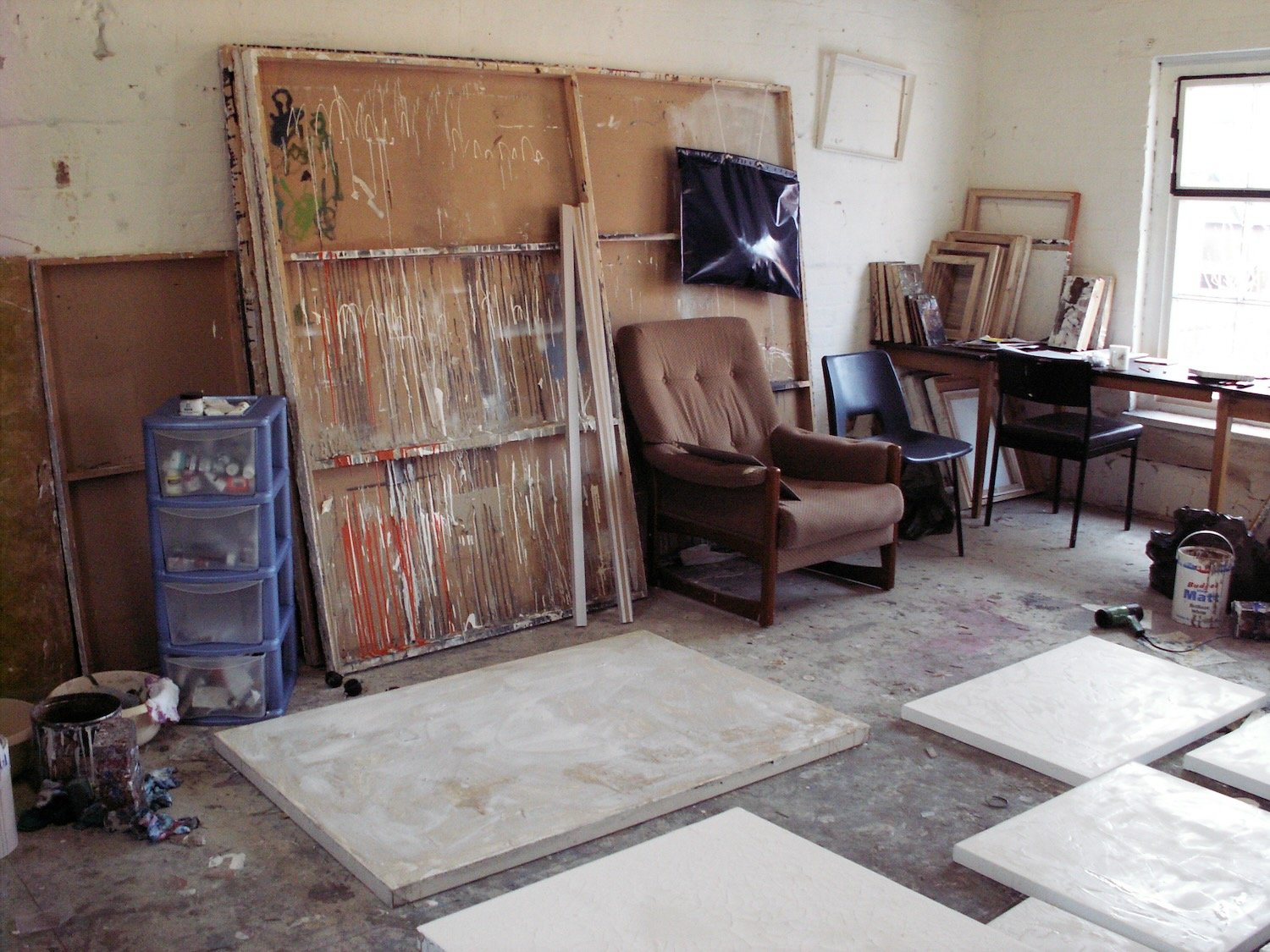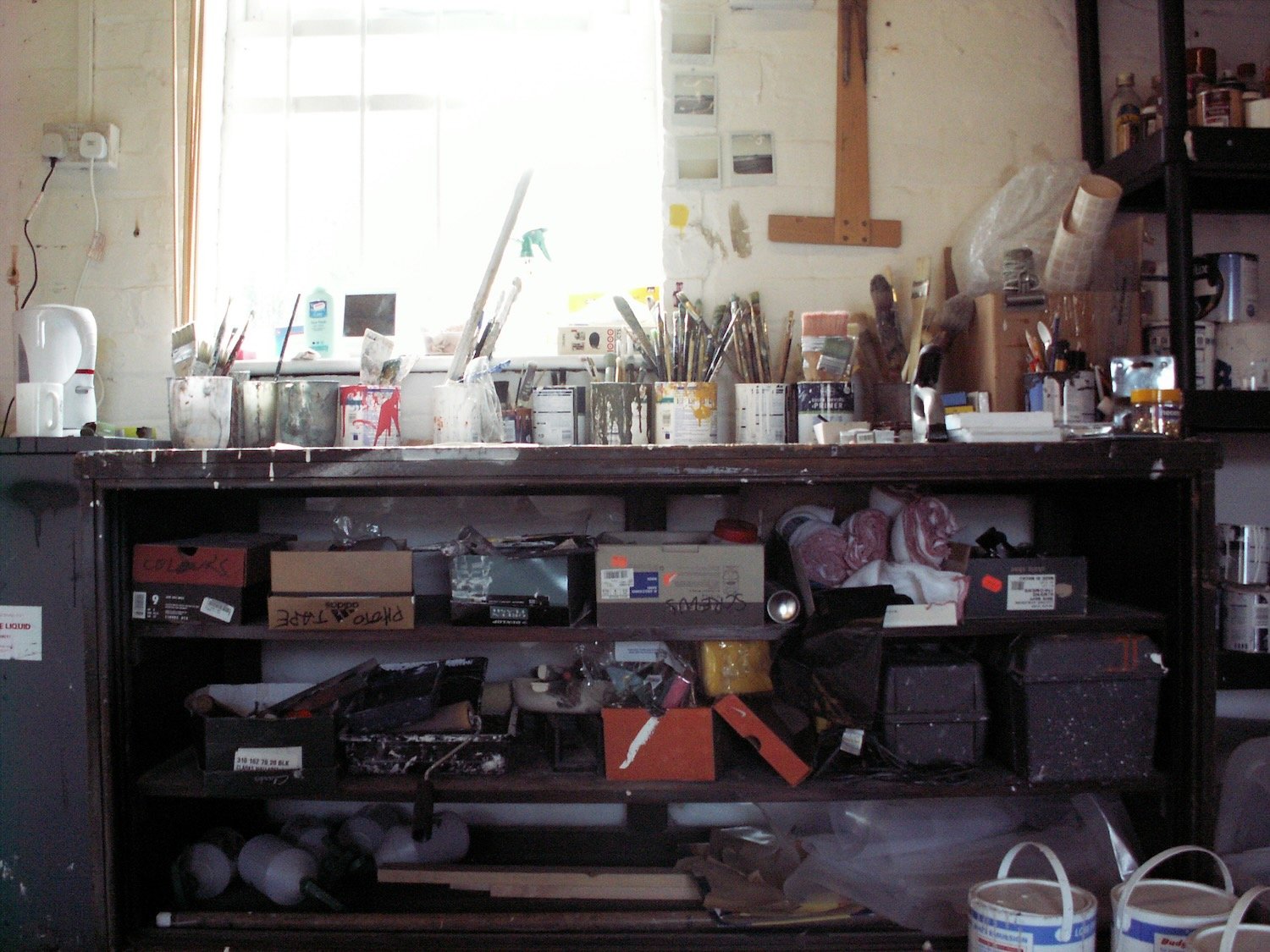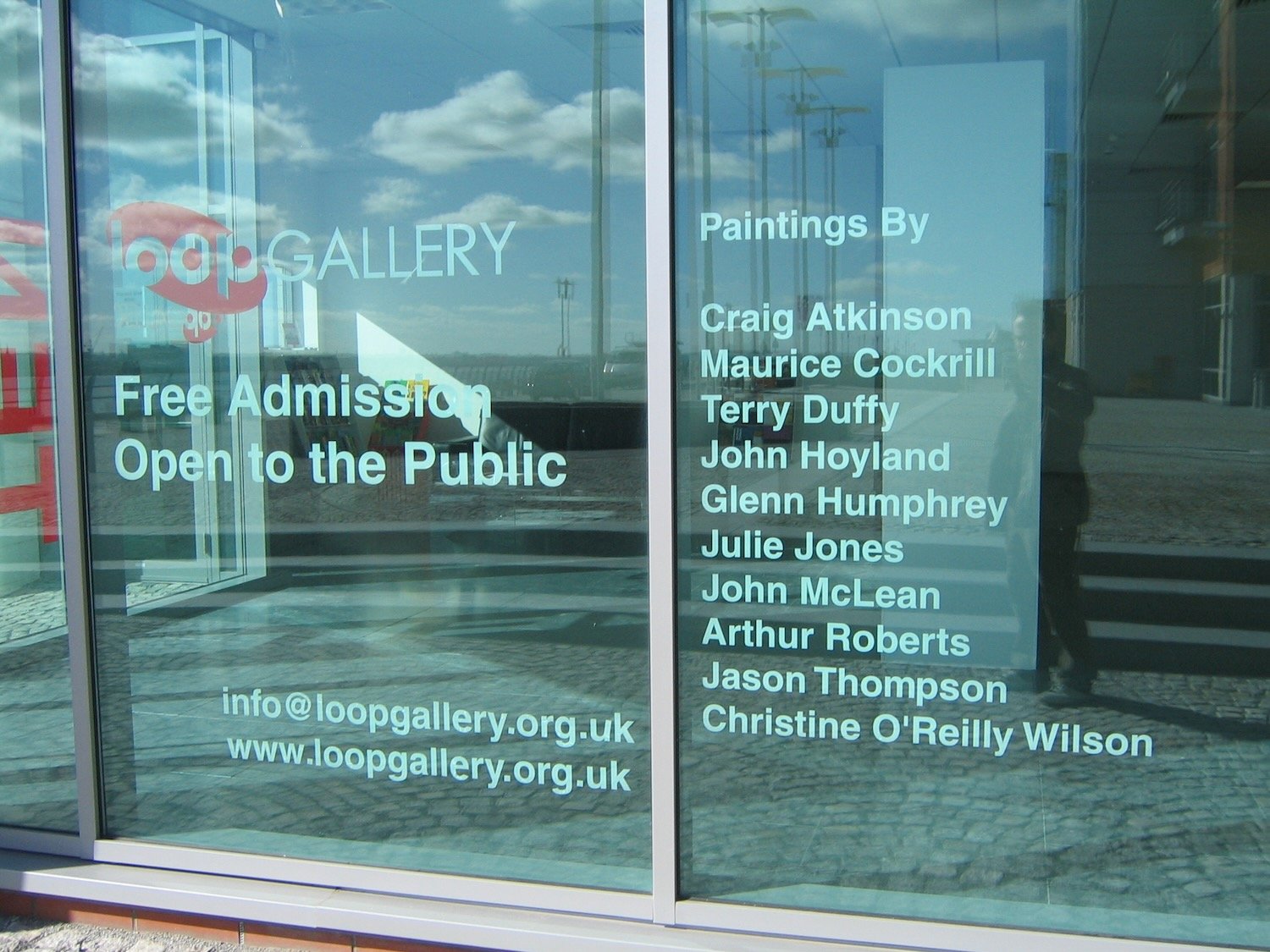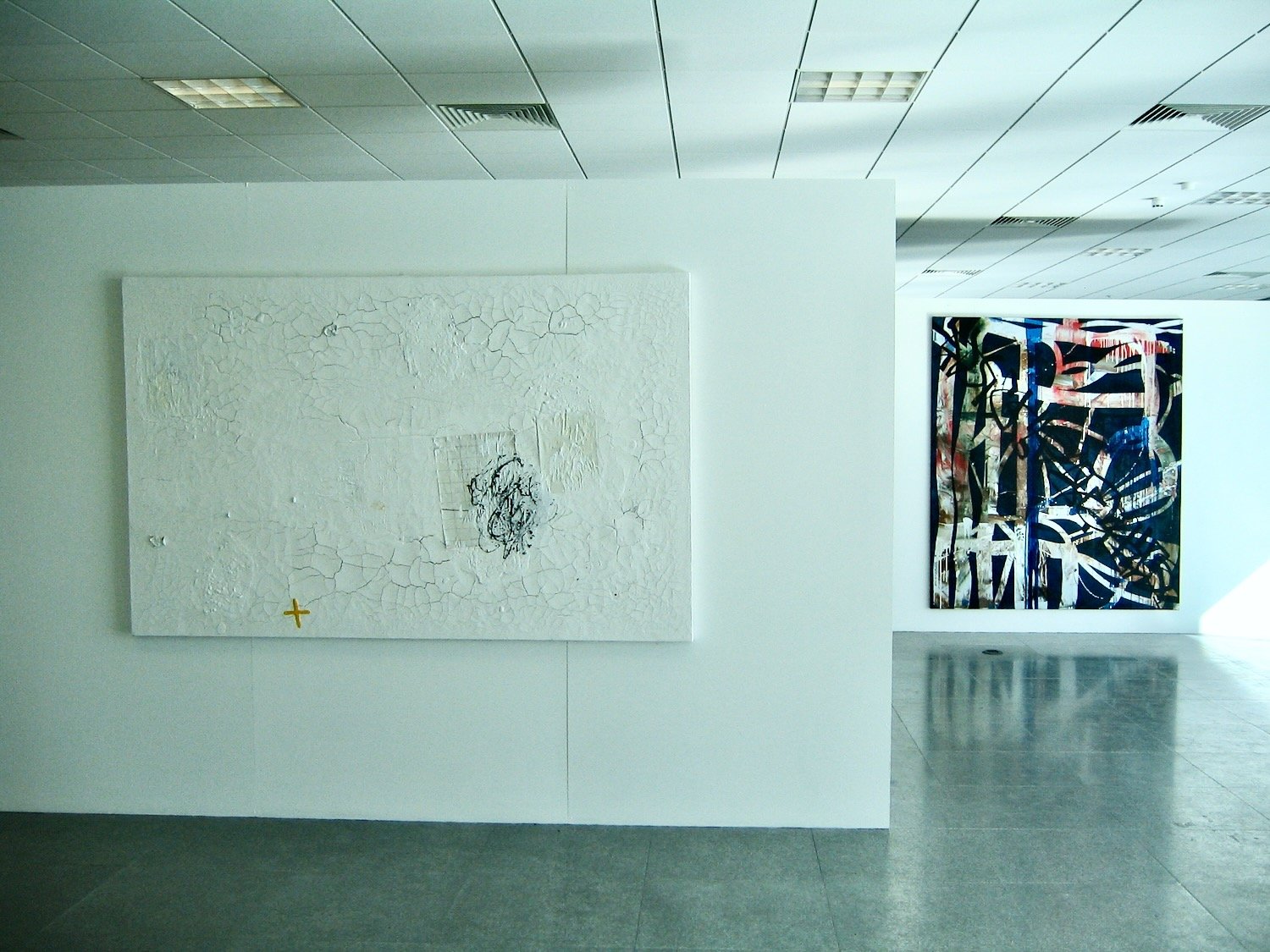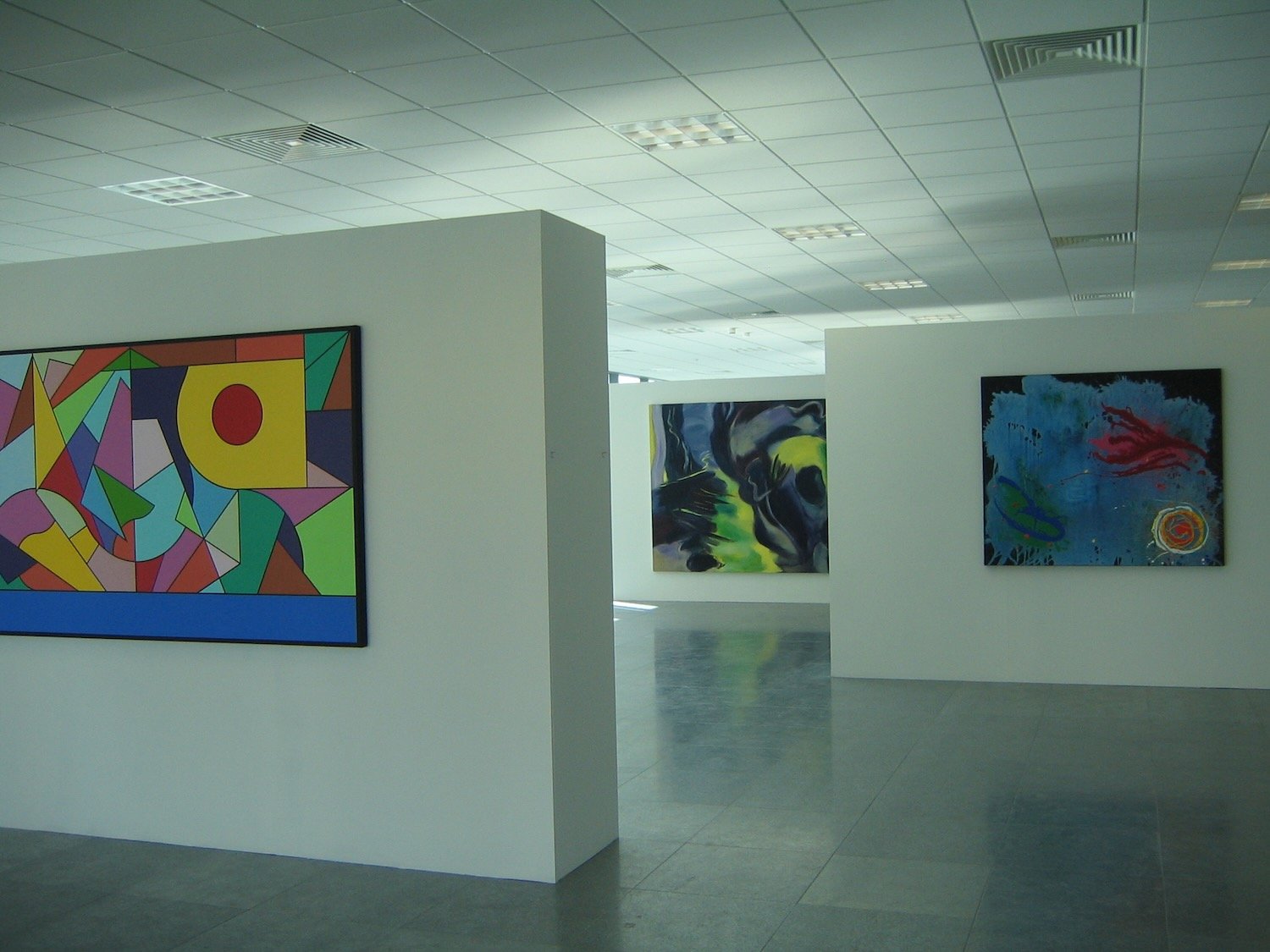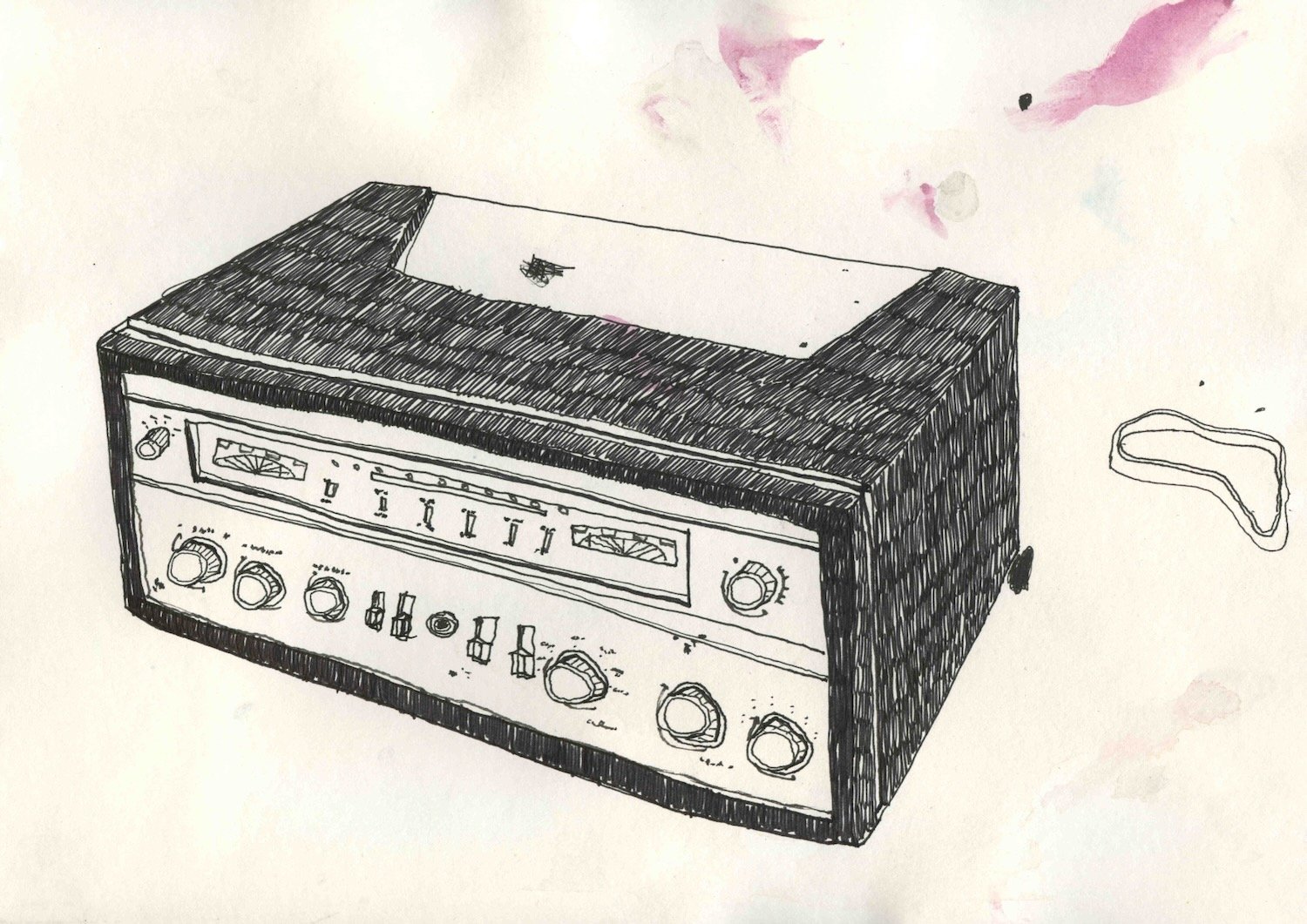Our Story…
That’s a bit of a clichéd title, we know. If you want a general, ‘what we do’ introduction, our About page might be better.
We’ll keep adding to this until it’s up-to-date.
Recently, I was at Impressions Gallery, in Bradford to be around the Café Royal Books exhibition. It was the annual photo book fair and a party to celebrate the show. I was asked to talk about Café Royal Books. It’s pretty busy here, day-to-day, and it’s good sometimes to have a reason to look back through the archive.
I know a lot of you have been here from the start, and thank you, but it occurred to me that I’ve never really talked that much about why it started, and how the early publications began to form what we do now. It wasn’t really a standard route in.
Café Royal Books is 19 this year. For 12 of those years we’ve published a bit more than a new book each week — 60 books a year. There are a few moments, which were pretty important along the way, so over the next few weeks, I’ll try to twist them into some kind of history.
These first photos are some of the few I have of my studio. Having returned to Southport around 2001, from living and studying Fine Art in Leeds, to begin working as 3D workshop technician and teaching at a local college. Without any reason not to — painting, and some drawing, was what I always did. Painting felt like a puzzle and the physicality of the material was pretty consuming.
Painting.
The paintings I’d been making for several years was about it’s self, as a process, and the materials, layering and physicality of material — the process of building up a surface over time, hiding marks beneath but allowing the texture of previous layers to build up and be present. I could talk for days about the work — a major part of life for many years.
I’d had several shows, and did ‘ok’ in terms of exhibiting. As I was reaching what I felt was a conclusion of the series, I was asked by two curators from Liverpool, to be part of a show, Ten, at Loop Gallery, as part of the Liverpool Biennial, along with John Hoyland (whose last words to me were, “you know Rothko didn’t kill himself”), John McLean, Maurice Cockrill…A show about painters who make work about painting.
The paintings were big, heavy, expensive to make and store and transport. I didn’t really like exhibiting them more than a couple of times, because things had moved on by then. And, exhibiting as a thing, seemed a bit odd in ways. Galleries could be elitist, could be intimidating and making this work, each painting was a single thing, available in only one place at a time, too heavy to go overseas so limiting an audience if that’s what I wanted. As much as I loved it, it was causing itself a lot of problems — I made a totally unconsidered decision to ‘quit’ painting. Got rid of everything except a few sheets of paper and handed back the studio keys the next day.
Drawing.
I drew for a couple of years, spent some time making illustrations for brands and newspapers, and enjoyed the freedom of not making things that took up so much space and used so many resources. The drawings had reached a few hundred and I was looking for ways to exhibit them, that didn’t involve galleries. Years earlier we’d visit National Trust type places as a family. My grandparents had an alphabetised collection of pamphlets from locations around the UK — I always liked the pictures, the no-nonsense text and the fragile-but-good format.
The format seemed a perfect way to exhibit some drawings, and the antidote to the painting problems. Cheap to make, affordable to buy, small, in multiple, democratic, utilitarian, could be across the world in a day or two…So I used a photocopier and made a few copies of my first zine — Happy Birthday, called that so when people were searching for birthday presents online, it would pop up.

